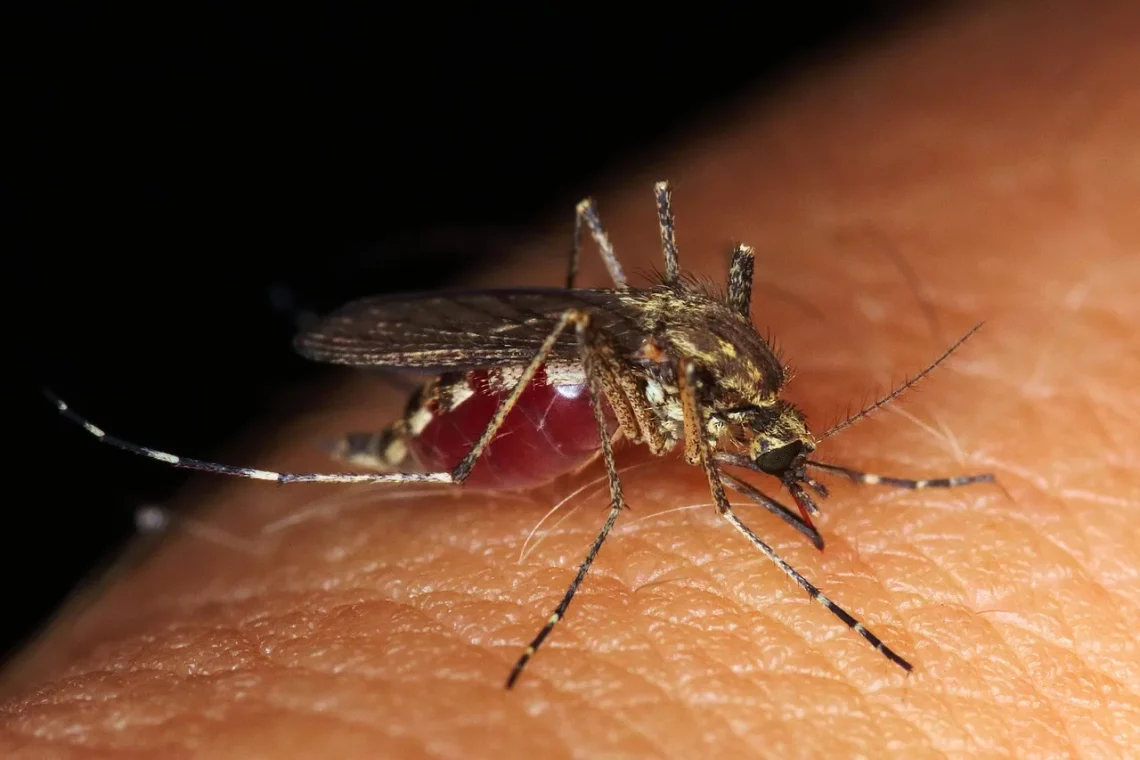
Understanding Grass Allergy in Dogs: Symptoms and Treatment Options
Understanding grass allergies in dogs can be a perplexing topic for many pet owners. As the weather warms up and grass begins to thrive, some dogs may start to exhibit signs of discomfort that can be alarming to their owners. While grass is a common element in many dogs’ environments, some dogs are particularly sensitive to it due to allergies. These allergies can manifest in various ways, affecting a dog’s skin, respiratory system, and overall quality of life.
Pet owners may notice their beloved companions scratching excessively, licking their paws, or displaying signs of respiratory distress when exposed to grass. This not only causes physical discomfort for the dog but can also lead to behavioral changes and stress for both the pet and the owner. Understanding the underlying causes, symptoms, and available treatment options is crucial for managing this condition effectively.
As we explore the intricacies of grass allergies in dogs, it becomes evident that awareness and proactive care can significantly improve a dog’s well-being. By recognizing the signs and implementing appropriate treatment strategies, pet owners can help their furry friends navigate the challenges posed by grass allergies, ensuring a happier, healthier life for their canine companions.
Identifying Symptoms of Grass Allergy in Dogs
Recognizing the symptoms of grass allergies in dogs is the first step toward effective management and treatment. The signs can vary widely among individual dogs, making it essential for owners to be vigilant and observant of changes in their pets’ behavior and physical condition.
One of the most common symptoms of grass allergies is excessive scratching or biting at the skin. Dogs may focus on specific areas, such as their paws, belly, or face, leading to redness, irritation, and even open wounds. This behavior is often a response to itching caused by allergens present in the grass. In severe cases, the skin may become infected, necessitating veterinary attention.
Another prevalent symptom is the presence of watery or itchy eyes. Dogs with grass allergies may rub their faces against furniture or the ground in an attempt to relieve their discomfort. Additionally, sneezing and a runny nose can occur, resembling symptoms of a common cold in humans. These respiratory symptoms can be particularly concerning, as they may lead to complications if not addressed promptly.
Some dogs may also experience gastrointestinal issues, such as vomiting or diarrhea, which can further complicate the diagnosis. These symptoms often arise when a dog ingests grass or pollen, leading to an allergic reaction. Pet owners should take note of any changes in their dog’s eating habits, energy levels, or overall demeanor, as these can be indicators of underlying allergies.
Ultimately, understanding the symptoms of grass allergies in dogs requires a keen eye and awareness. If you notice any of these signs, it is advisable to consult a veterinarian for a thorough evaluation and diagnosis. Early detection and intervention can significantly improve your dog’s quality of life and reduce the impact of allergies on their daily activities.
Causes of Grass Allergies in Dogs
The causes of grass allergies in dogs can be multifactorial, stemming from a combination of genetic, environmental, and biological factors. Understanding these underlying causes is essential for pet owners looking to mitigate their dogs’ allergic reactions and provide effective care.
Genetics play a significant role in determining a dog’s susceptibility to allergies. Certain breeds, such as Retrievers, Terriers, and Bulldogs, are more prone to developing allergies, including those triggered by grass and other environmental factors. If a dog has a family history of allergies, it is more likely to develop similar sensitivities.
Environmental factors also contribute to the development of grass allergies. Grass pollen is a common allergen that can vary in intensity depending on the season and geographic location. Dogs that spend more time outdoors during peak pollen seasons may be more exposed to allergens, increasing the likelihood of an allergic reaction. This is particularly relevant in regions with abundant grassy areas or during the spring and summer months when grass is in full bloom.
Additionally, the immune system’s response to allergens plays a crucial role in the development of allergies. In some dogs, the immune system may mistakenly identify harmless substances, such as grass pollen, as dangerous invaders. This leads to an overreaction, resulting in inflammation and allergy symptoms. Factors such as stress, diet, and overall health can influence the immune system’s response, making it essential for pet owners to ensure their dogs are in optimal health.
By understanding the causes of grass allergies, pet owners can take proactive steps to minimize their dogs’ exposure to allergens. This may include providing a controlled environment, regular grooming, and dietary considerations to support the immune system. Ultimately, awareness of these factors can empower pet owners to create a healthier environment for their furry companions.
Treatment Options for Dogs with Grass Allergies
Managing grass allergies in dogs requires a multifaceted approach that includes both preventive measures and treatment options. Pet owners have several strategies available to help alleviate their dogs’ symptoms and improve their overall quality of life.
One of the most effective ways to manage grass allergies is through environmental control. Minimizing exposure to grass and pollen can significantly reduce allergy symptoms. This can be achieved by limiting outdoor activities during peak pollen times, keeping dogs indoors when grass is being mowed, and creating a designated play area that is free from allergens. Regular cleaning of the home, including vacuuming and washing bedding, can also help reduce indoor allergens.
Topical treatments, such as medicated shampoos and creams, can provide relief for dogs experiencing skin irritations due to grass allergies. These products often contain soothing ingredients like oatmeal or aloe vera, which can help alleviate itching and inflammation. In some cases, a veterinarian may prescribe corticosteroids or antihistamines to manage severe symptoms and provide immediate relief.
Dietary modifications can also play a crucial role in managing allergies. A balanced diet that supports the immune system can help reduce the severity of allergic reactions. Some dogs may benefit from hypoallergenic diets or supplements that promote skin health. Consulting with a veterinarian or a pet nutritionist can provide valuable guidance in selecting the right dietary options for your dog.
In more severe cases, immunotherapy may be recommended. This treatment involves exposing the dog to small amounts of the allergen over time to desensitize the immune system. While this process can take several months to achieve significant results, it can lead to long-term relief from allergy symptoms.
Ultimately, a combination of these treatment options tailored to the individual dog’s needs can provide the best results. Pet owners should work closely with their veterinarians to develop a comprehensive management plan that addresses their dog’s specific symptoms and lifestyle.
**Disclaimer:** This article is not intended as medical advice. For any health concerns regarding your pet, please consult a qualified veterinarian.




